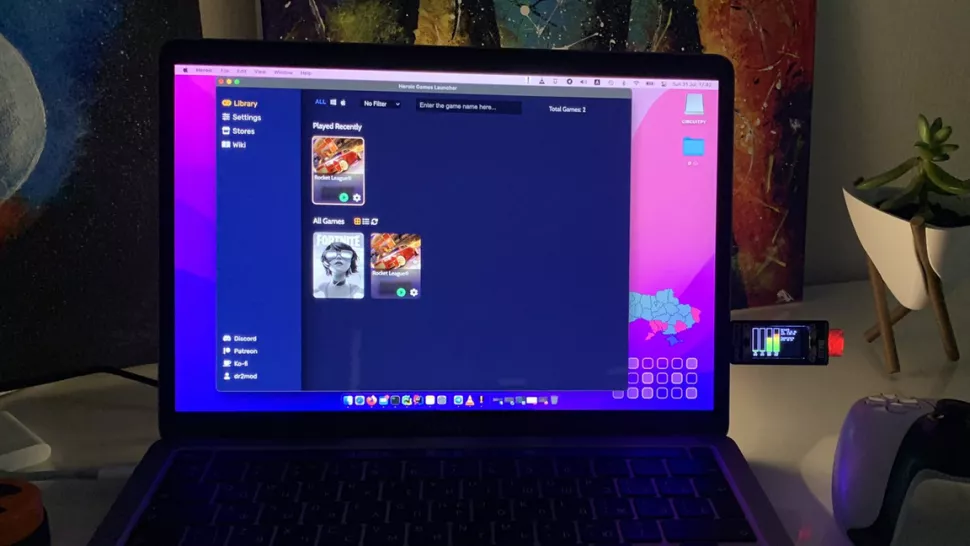today's howtos

-
How to install go1.19beta on Ubuntu 22.04 – NextGenTips
In this tutorial, we are going to explore how to install go on Ubuntu 22.04
Golang is an open-source programming language that is easy to learn and use. It is built-in concurrency and has a robust standard library. It is reliable, builds fast, and efficient software that scales fast.
Its concurrency mechanisms make it easy to write programs that get the most out of multicore and networked machines, while its novel-type systems enable flexible and modular program constructions.
Go compiles quickly to machine code and has the convenience of garbage collection and the power of run-time reflection.
In this guide, we are going to learn how to install golang 1.19beta on Ubuntu 22.04.
Go 1.19beta1 is not yet released. There is so much work in progress with all the documentation.
-
molecule test: failed to connect to bus in systemd container - openQA bites
Ansible Molecule is a project to help you test your ansible roles. I’m using molecule for automatically testing the ansible roles of geekoops.
-
How To Install MongoDB on AlmaLinux 9 - idroot
In this tutorial, we will show you how to install MongoDB on AlmaLinux 9. For those of you who didn’t know, MongoDB is a high-performance, highly scalable document-oriented NoSQL database. Unlike in SQL databases where data is stored in rows and columns inside tables, in MongoDB, data is structured in JSON-like format inside records which are referred to as documents. The open-source attribute of MongoDB as a database software makes it an ideal candidate for almost any database-related project.
This article assumes you have at least basic knowledge of Linux, know how to use the shell, and most importantly, you host your site on your own VPS. The installation is quite simple and assumes you are running in the root account, if not you may need to add ‘sudo‘ to the commands to get root privileges. I will show you the step-by-step installation of the MongoDB NoSQL database on AlmaLinux 9. You can follow the same instructions for CentOS and Rocky Linux.
-
An introduction (and how-to) to Plugin Loader for the Steam Deck. - Invidious
-
Self-host a Ghost Blog With Traefik
Ghost is a very popular open-source content management system. Started as an alternative to WordPress and it went on to become an alternative to Substack by focusing on membership and newsletter.
The creators of Ghost offer managed Pro hosting but it may not fit everyone's budget.
Alternatively, you can self-host it on your own cloud servers. On Linux handbook, we already have a guide on deploying Ghost with Docker in a reverse proxy setup.
Instead of Ngnix reverse proxy, you can also use another software called Traefik with Docker. It is a popular open-source cloud-native application proxy, API Gateway, Edge-router, and more.
I use Traefik to secure my websites using an SSL certificate obtained from Let's Encrypt. Once deployed, Traefik can automatically manage your certificates and their renewals.
In this tutorial, I'll share the necessary steps for deploying a Ghost blog with Docker and Traefik.
-

- Login or register to post comments
 Printer-friendly version
Printer-friendly version- 1050 reads
 PDF version
PDF version
More in Tux Machines
- Highlights
- Front Page
- Latest Headlines
- Archive
- Recent comments
- All-Time Popular Stories
- Hot Topics
- New Members
today's howtos
|
Open Hardware: XON/XOFF and Raspberry Pi Pico
|
Security Leftovers
|
How to Apply Accent Colour in Ubuntu Desktop
A step-by-step tutorial on how to apply accent colour in Ubuntu desktop (GNOME) with tips for Kubuntu and others.
|






 This section of TuxMachines will no longer have new stories in it (with some caveats, including this post). To see the latest stories go to
This section of TuxMachines will no longer have new stories in it (with some caveats, including this post). To see the latest stories go to 

.svg_.png)
 Content (where original) is available under CC-BY-SA, copyrighted by original author/s.
Content (where original) is available under CC-BY-SA, copyrighted by original author/s.

Recent comments
1 day 23 hours ago
2 days 3 hours ago
2 days 3 hours ago
3 days 10 hours ago
3 days 11 hours ago
3 days 12 hours ago
3 days 12 hours ago
3 days 13 hours ago
3 days 15 hours ago
3 days 17 hours ago